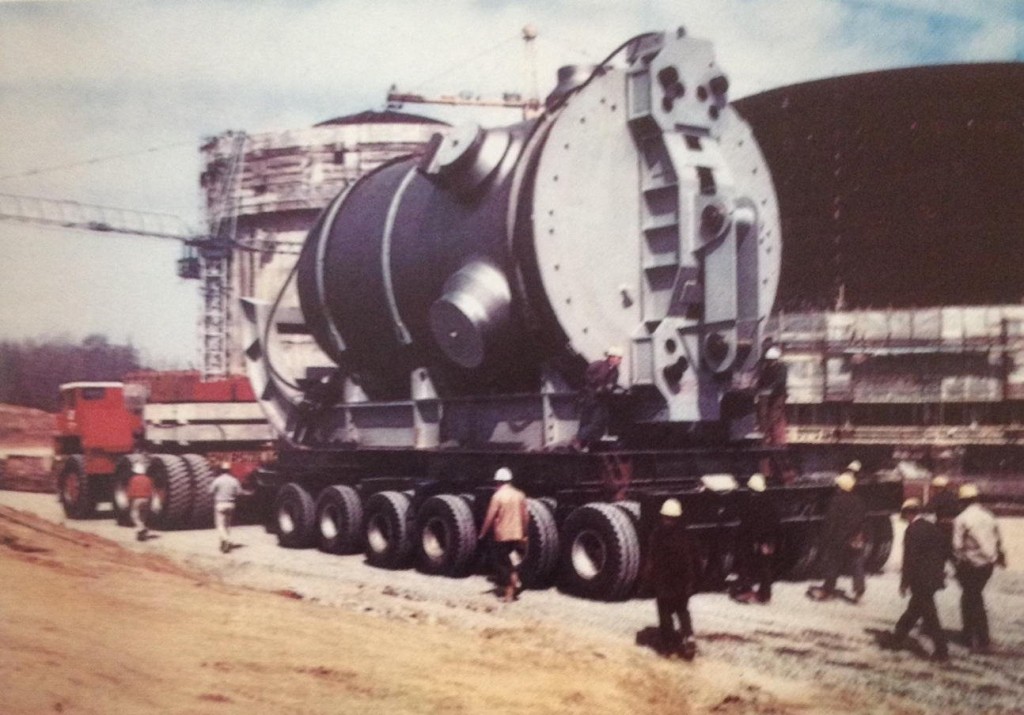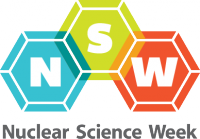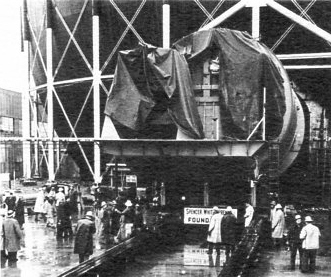November 15, 2024, 7:03AMNuclear NewsErhard W. Koehler and Anne Jennings N.S. Savannah, the first commercial nuclear-powered cargo vessel, en route to the World’s Fair in Seattle in 1962. (Photo: U.S. National Archives)
It’s safe to say that readers of Nuclear News are familiar with decommissioning. It’s even safe to assume that experienced decommissioning practitioners are familiar with the National Historic Preservation Act (NHPA) and how it applies to typical projects. What’s different about the N.S. Savannah is that the entire project site is a historic property—and in fact, is a federally owned National Historic Landmark (NHL), a status that confers the highest level of protection under law. Federal owners of NHLs are obligated to minimize harm in both planning and actions. Distilled to its salient point, no federal owner of an NHL should destroy it if there’s a reasonable alternative. That level of preservation is not what we normally associate with nuclear decommissioning. This perfectly summarizes the challenges, and opportunities, that decommissioning Savannah offered. The story of how the Maritime Administration (MARAD) managed these two otherwise contradictory processes showcases how historic preservation and decommissioning can positively intersect, provides a pathway for other historic facilities, and further adds to the already illustrious history of one of our nation’s significant 20th century landmarks.
The December 1960 issue of NN, which announced plans to build the MSRE, paired with a still image from a 1969 video on the MSRE produced by ORNL.
By late 1960, when the U.S. Atomic Energy Commission authorized plans to build a Molten Salt Reactor Experiment (MSRE) at Oak Ridge National Laboratory, the lab already had about 13 years of experimentation with molten salt reactors under its longest-serving lab director, Alvin Weinberg. The MSRE operated from 1965 to 1969, proving that molten salt reactors could operate reliably, and with alternatives to uranium-235 too.
Comic books and cartoon characters began to be used to provide information and propaganda about nuclear weapons and energy in the 1940s. Items in the exhibition include True Comics #47 (1946), Bert the Turtle Says Duck and Cover (1951), The Mighty Atom, Starring Reddy Kilowatt (1959), and The H-Bomb and You (1955). (Photo: National Museum of Nuclear Science and History)
For many of us, the toys of our childhood leave indelible marks on our consciousness, affecting our long-term perceptions and attitudes about certain things. Hot Wheels may inspire a lifelong fascination with fast, flashy automobiles, while Barbies might shape ideas about beauty and self-image. For the generation who grew up during the Atomic Age—the post–World War II era from roughly the mid-1940s to the early 1960s—the toys, games, and entertainment of their childhoods might have included things like atomic pistols, atomic trains, rings with tiny amounts of radioactive elements, and comic books, puzzles, and music about nuclear weapons.
From left, the cover of the December 1962 issue of NN, featuring a model and a medal, both displayed at the 1962 ANS Winter Meeting; a photo of CP-1 during construction, as published in the November 1992 issue of NN; the opening page of a chronological account of CP-1, published in November 1992 to mark the 50th anniversary.
As we approach the 80th anniversary of controlled nuclear fission, Nuclear Newswire is prepared to deliver not one but three #ThrowbackThursday posts of CP-1 highlights unearthed from past issues of Nuclear News.
ANS was founded in 1954, nearly 12 years after the first controlled nuclear chain reaction was achieved on December 2, 1942, inside a pile of graphite and uranium assembled on a squash court at the University of Chicago’s Stagg Field. By 1962, ANS was prepared to “salute the 20th anniversary of the first chain reaction” at their Winter Meeting, displaying a model of Chicago Pile-1 and presenting a specially cast medal to Walter Zinn, a representative of Enrico Fermi’s scientific team. Over the years, ANS has continued to mark significant anniversaries of CP-1 at national meetings and in NN.
The USS Enterprise (CVN-65)
The Naval Academy ANS student section, with support from the Washington, D.C., local section, held its semiannual dinner on March 29 in Annapolis, Md. The event was attended by more than 100 people, including midshipmen, professors from the U.S. Naval Academy, local ANS members, and ANS President Steve Nesbit.
The evening’s program was hosted by the student chapter president, Midshipman First Class Sara Perkins, and was headlined by the director of the Naval History and Heritage Command, Rear Admiral (retired) Samuel Cox.
J. Ernest Wilkins Jr. was honored posthumously by the University of Chicago at a special event held on March 2, 2007. (Photo: Dan Dry/Wikimedia Commons)
ANS past president (1974–1975) J. Ernest Wilkins Jr. was featured in a recent History.com article highlighting the unsung contributions that Black scientists made to the Manhattan Project.



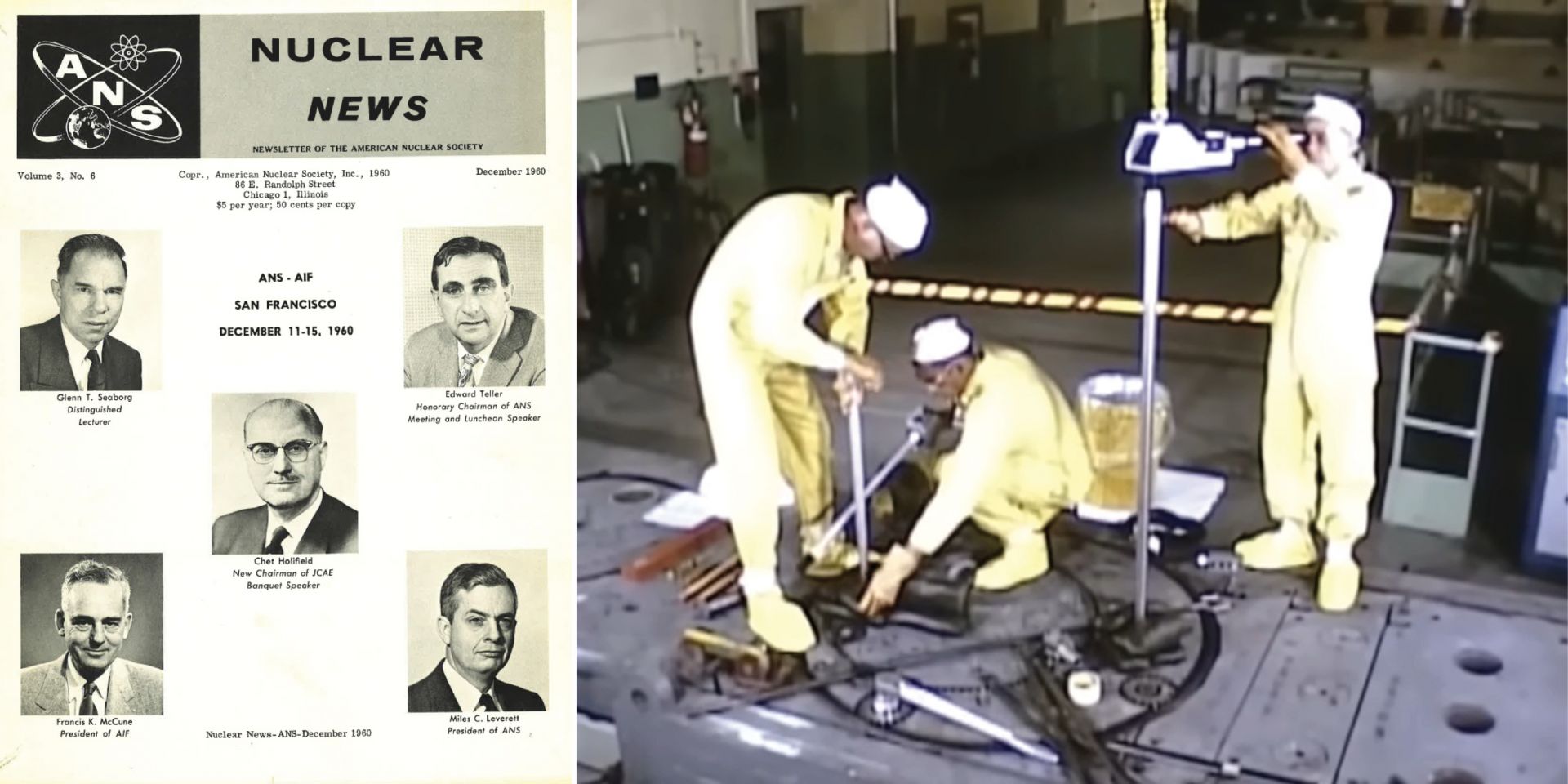

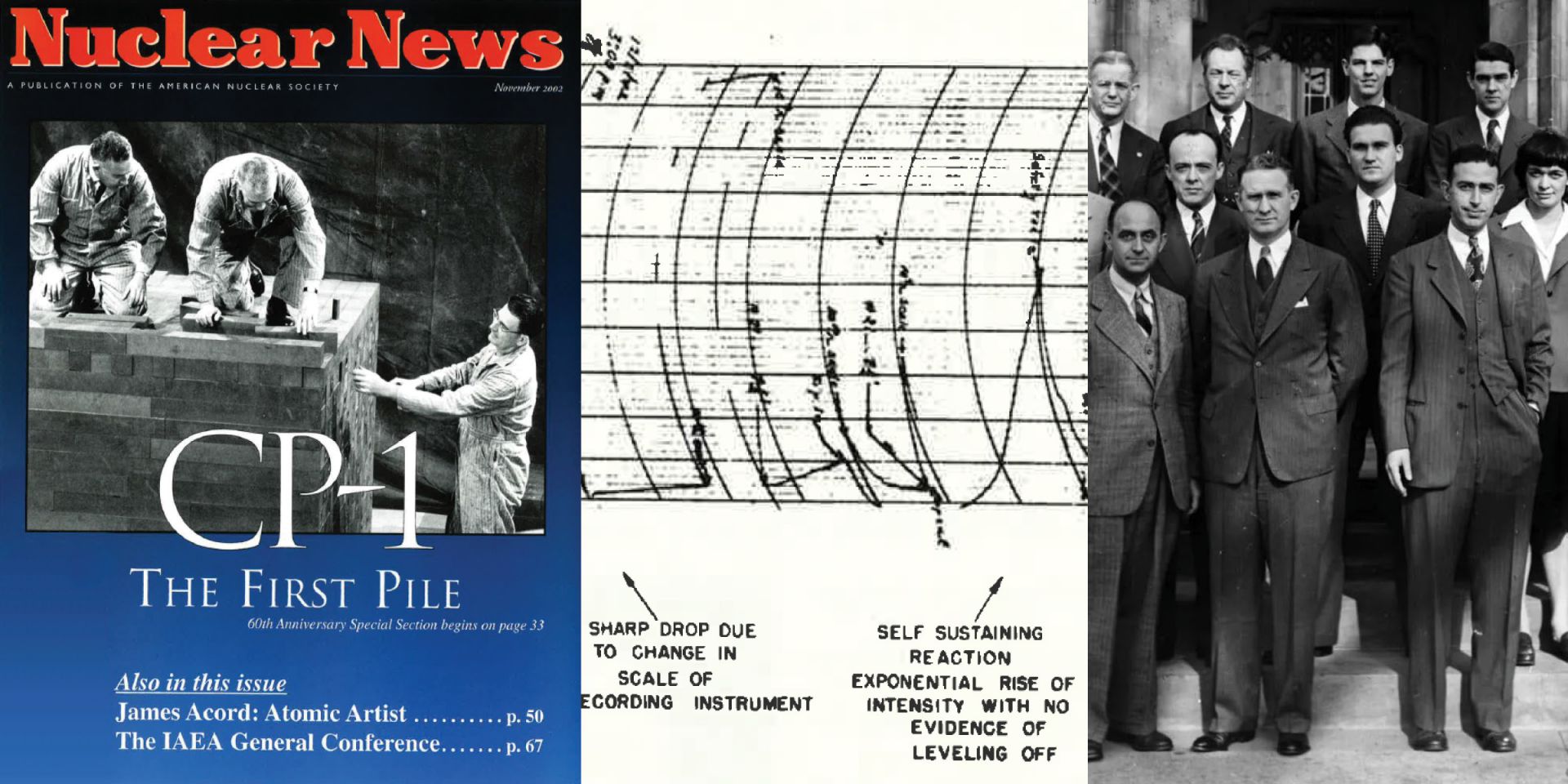
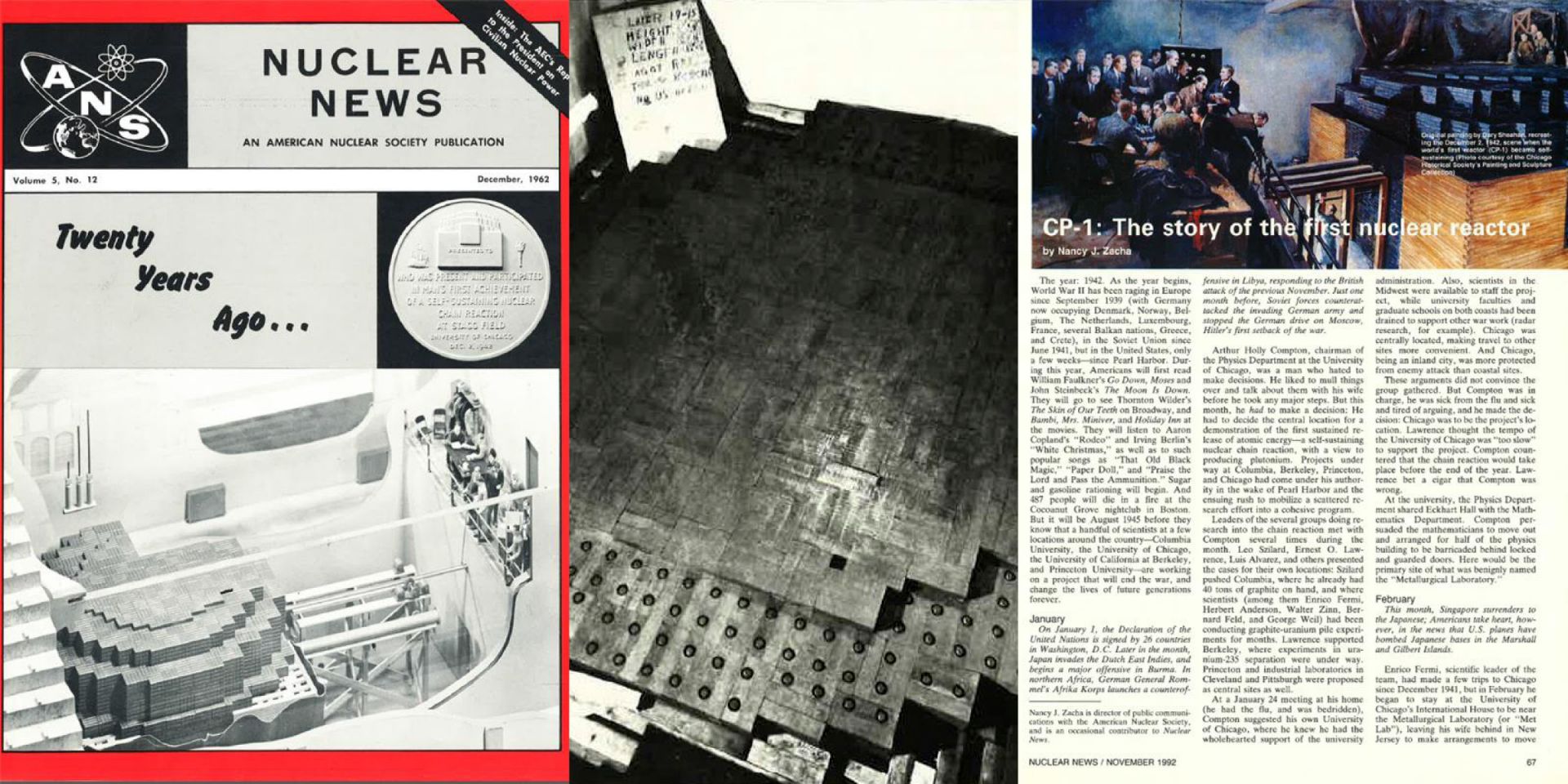
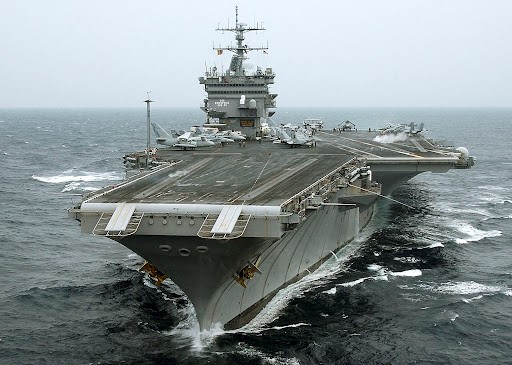
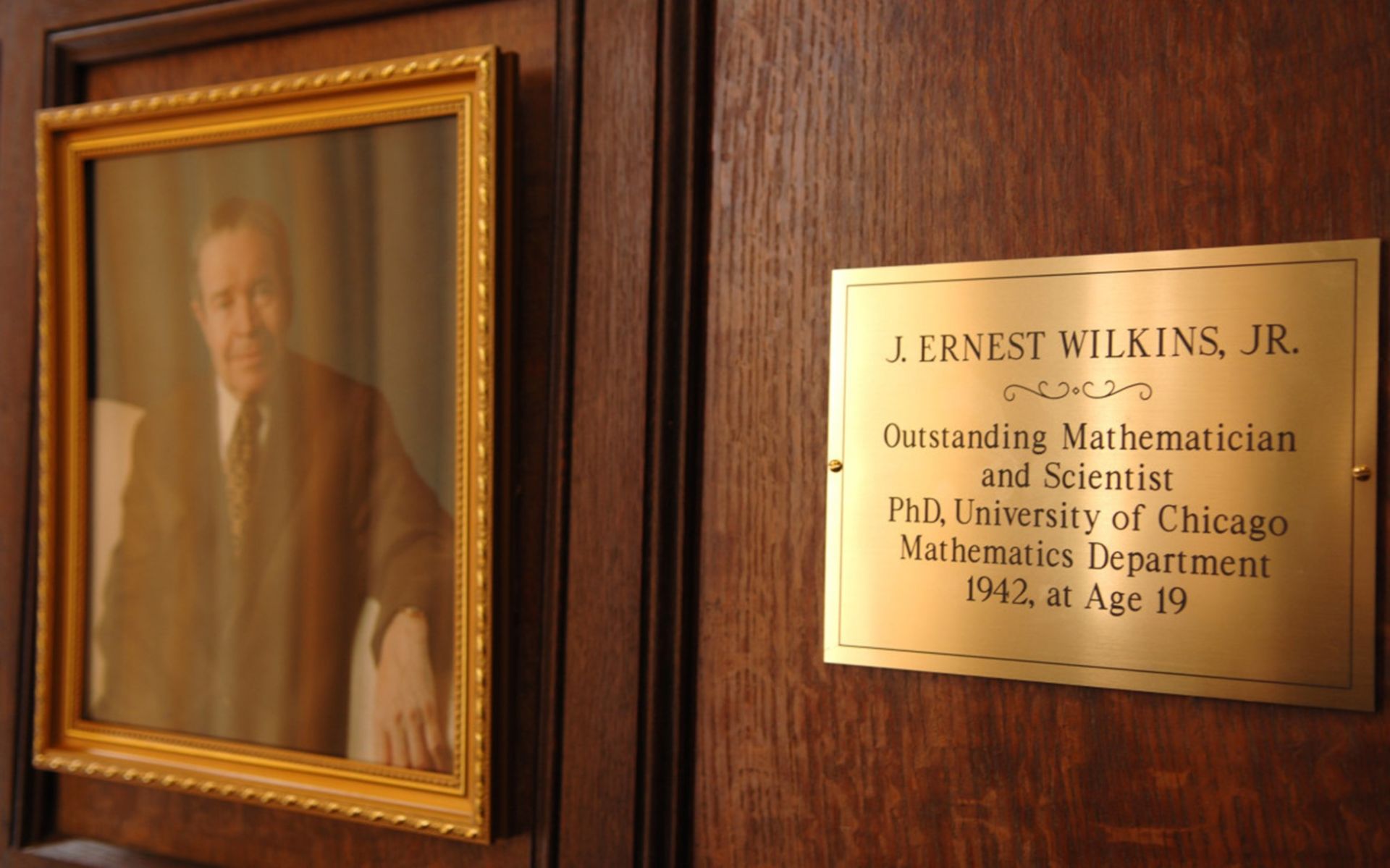
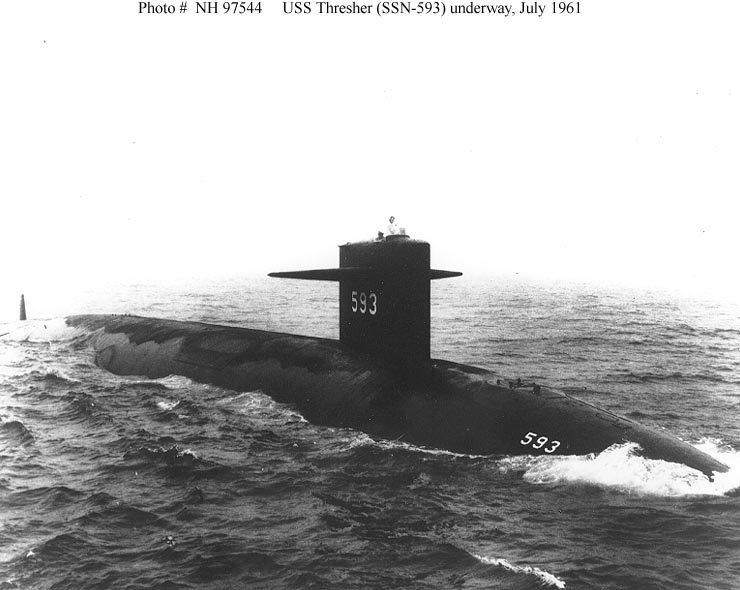 As is the case on every 10APR, I find myself – even in the midst of the present national and, really, worldwide crisis – returning to thoughts of the USS THRESHER on this date in 1963. All of us who have been through the Naval Nuclear Power Program and served in submarines are aware to greater or lesser extent what happened; my experience, having served aboard one of the SUBSAFE boats whose development was a direct result of the accident, lends perhaps to more sustained reflection.
As is the case on every 10APR, I find myself – even in the midst of the present national and, really, worldwide crisis – returning to thoughts of the USS THRESHER on this date in 1963. All of us who have been through the Naval Nuclear Power Program and served in submarines are aware to greater or lesser extent what happened; my experience, having served aboard one of the SUBSAFE boats whose development was a direct result of the accident, lends perhaps to more sustained reflection. ANS member Dr. Christopher Morrison was a recent guest on
ANS member Dr. Christopher Morrison was a recent guest on 